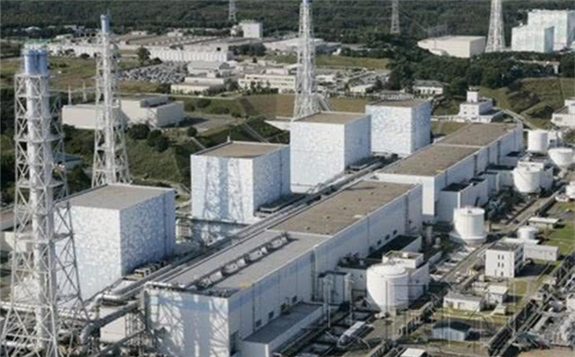Japan suffered a powerful earthquake measuring 7.3 on the Richter scale on 13 February, with the Fukushima Prefecture being one of the most affected by the tremors. The Japan Meteorological Agency (JMA) said it believes the quake was an aftershock of the March 2011 earthquake and subsequent tsunami that destroyed the Fukushima Daiichi NPP. JMA said it was the strongest to occur off the country's northeastern coast since April 2011.

"Because (the 2011 quake) was an enormous one with a magnitude of 9.0, it's not surprising to have an aftershock of this scale 10 years later," said Kenji Satake, a professor at the University of Tokyo's Earthquake Research Institute. Despite the relatively large size of the latest quake with the focus off Fukushima Prefecture, it was unlikely to cause a tsunami because it had a deep epicenter of about 55 kilometres below the sea surface, Satake added.
No deaths were attributed to the latest quake compared with the March 2011 event that left more than 15,000 people dead and triggered a nuclear crisis. No abnormalities were initially been detected at the Fukushima Daiichi and Daiini NPPs, according to Tokyo Electric Power, but the Sankei newspaper later reported water at the used fuel pools at Fukushima Daiichi units 5&6 had partially spilled over. The spillage was limited to inside the buildings.
Meanwhile, Japan Atomic Power Co’s inactive Tokai 2 nuclear power plant in the village of Tokai in Ibaraki Prefecture and Tohoku Electric Power Co’s Onagawa nuclear plant in Miyagi Prefecture both reported no abnormalities, according to their operators. There were no immediate reports of irregularities from other nuclear plants in the area, government spokesperson Katsunobu Kato told reporters.